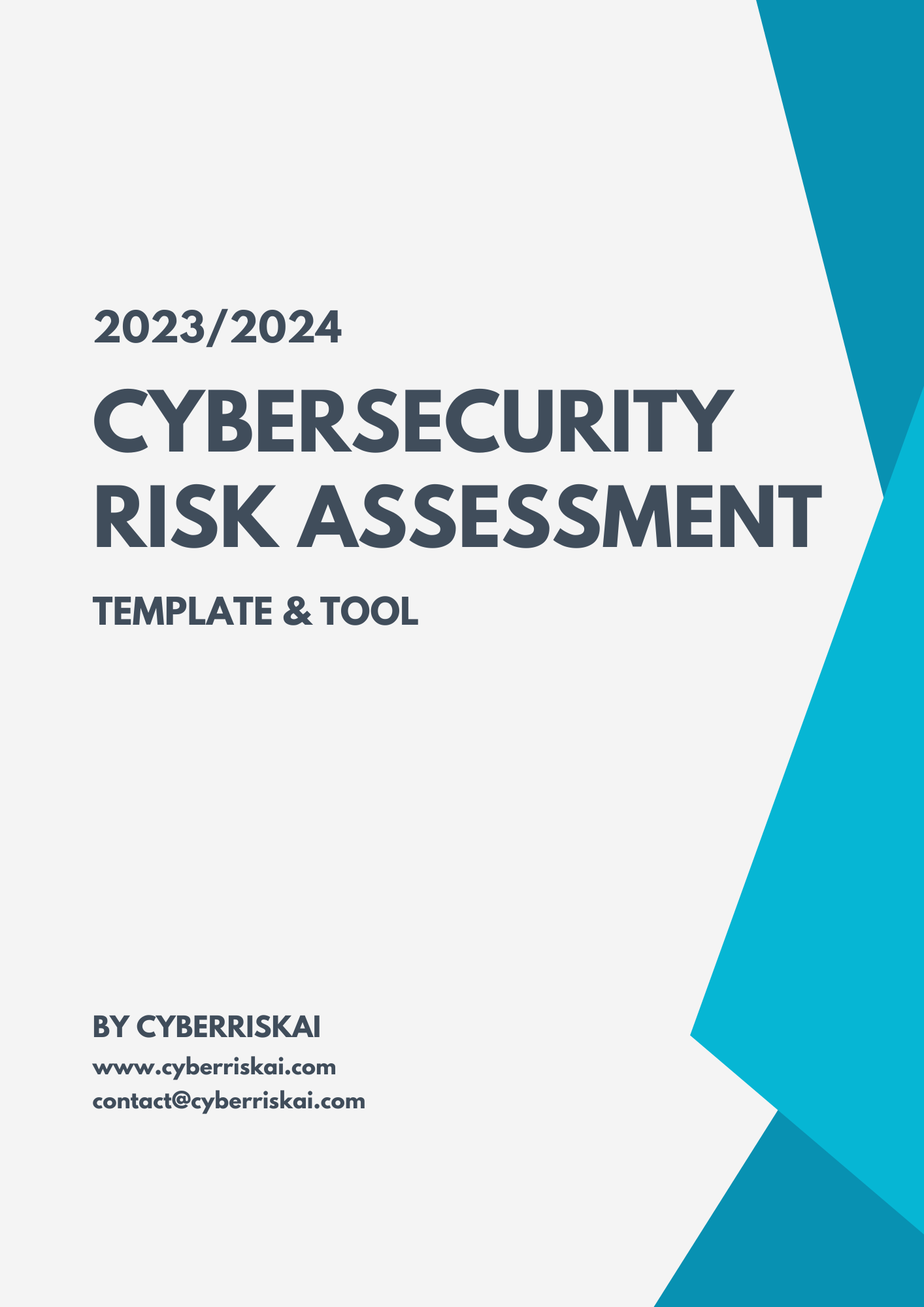Cybersecurity Audit Program: What You Need to Know
A cybersecurity audit program is a set of procedures that organizations and businesses follow to assess their security stance and identify vulnerabilities in their systems, networks, and applications. The purpose of a cybersecurity audit program is to ensure that the organization's information assets are adequately protected against cyber threats, to comply with legal and regulatory requirements, and to maintain customer trust.
In this article, we will provide a comprehensive overview of cybersecurity audit programs, their objectives, methodologies, and benefits for organizations.
Objectives of Cybersecurity Audit Programs
The primary objectives of a cybersecurity audit program are to identify weaknesses in the organization's security systems, to assess the effectiveness of existing security controls, and to recommend improvements to mitigate risks and enhance security posture.
The audit program typically includes an assessment of the following areas:
Information asset management
Information asset management encompasses the identification, classification, and protection of sensitive information assets, such as trade secrets, financial data, personal information, and intellectual property. The objective of this assessment is to ensure that the organization has a comprehensive inventory of information assets, and that they are appropriately classified, labeled, and protected based on their confidentiality, integrity, and availability needs.
Access controls
Access controls represent the technical and organizational measures put in place to restrict access to information assets, systems, and applications to authorized personnel only. This assessment aims to verify that the organization has appropriate access controls in place, such as strong passwords, two-factor authentication, role-based access control, and network segmentation, and that they are updated and tested regularly.
Network security
Network security refers to the policies, technologies, and procedures put in place to secure an organization's network infrastructure, such as firewalls, intrusion detection systems, and DMZs. The purpose of this assessment is to evaluate the effectiveness of the network security measures in place to prevent unauthorized access, detect and respond to attacks, and protect against malware or data exfiltration.
Incident response
Incident response refers to the processes and procedures an organization has in place to detect, investigate, and respond to security incidents that may jeopardize the confidentiality, integrity, or availability of information assets. The objective of this assessment is to ensure that the incident response plan is comprehensive, up-to-date, and tested regularly, and that the organization can effectively contain and resolve security incidents to minimize their impact.
Compliance
Compliance refers to the legal and regulatory requirements the organization must follow, such as GDPR or HIPAA, to protect certain types of sensitive data and to disclose security breaches to authorities and affected customers. The purpose of this assessment is to verify that the organization is compliant with applicable security standards and regulations, has proper documentation and reporting mechanisms, and can demonstrate their compliance posture to auditors or regulators.
Methodologies of Cybersecurity Audit Programs
The methodologies of cybersecurity audit programs vary depending on the organization's industry, size, and complexity, but some common methodologies are:
Risk-based approach
A risk-based approach is a methodology that focuses on identifying and assessing the most significant risks to the organization's information assets and then prioritizing them for remediation. This approach involves identifying the assets, threats, vulnerabilities, and likelihood and impact of potential security incidents, and then developing a risk management strategy to address them.
Compliance-based approach
A compliance-based approach is a methodology that focuses on verifying that the organization is following the legal and regulatory requirements applicable to their industry. This approach involves reviewing relevant documentation, policies, and procedures, and conducting interviews with personnel to ensure that the organization is compliant with specific requirements, such as data privacy or cybersecurity frameworks.
Maturity-based approach
A maturity-based approach is a methodology that focuses on assessing the organization's cybersecurity maturity level, which reflects the organization's ability to mitigate cyber risks and protect their information assets effectively. This approach involves benchmarking the organization's cybersecurity posture against recognized frameworks or standards, such as NIST or ISO, and then identifying areas for improvement based on the maturity level.
Benefits of Cybersecurity Audit Programs
Implementing a cybersecurity audit program has several benefits for organizations, including:
Enhanced security posture
By identifying weaknesses and vulnerabilities in their security systems, organizations can implement improvements that enhance their cybersecurity posture and mitigate potential cyber risks effectively.
Compliance with legal and regulatory requirements
Organizations that demonstrate compliance with legal and regulatory requirements related to information security can avoid legal and reputational consequences.
Competitive advantage
An organization with a robust cybersecurity posture and a track record of compliance is more attractive to customers and partners who prioritize security.
Improved risk management
By identifying and assessing potential cyber risks, organizations can develop a risk management strategy that prioritizes the most significant risks and prepares for effective incident response.
Conclusion
A cybersecurity audit program is a crucial component of any organization's cybersecurity strategy. By identifying weaknesses and vulnerabilities in their cybersecurity posture, organizations can enhance their security, comply with legal and regulatory requirements, gain a competitive advantage, and improve their risk management capabilities. By adopting a risk-based, compliance-based, or maturity-based approach, organizations can tailor their audit program to their unique needs and prioritize the most significant risks to their information assets.
Protecting your business’s data can be daunting. That’s whyCyberRiskAI offers a cybersecurity audit program. We can assess potential weaknesses in your protection, advising on the best ways to mitigate potential threats. With our help, you’ll be well-prepared for most cyberattacks.



